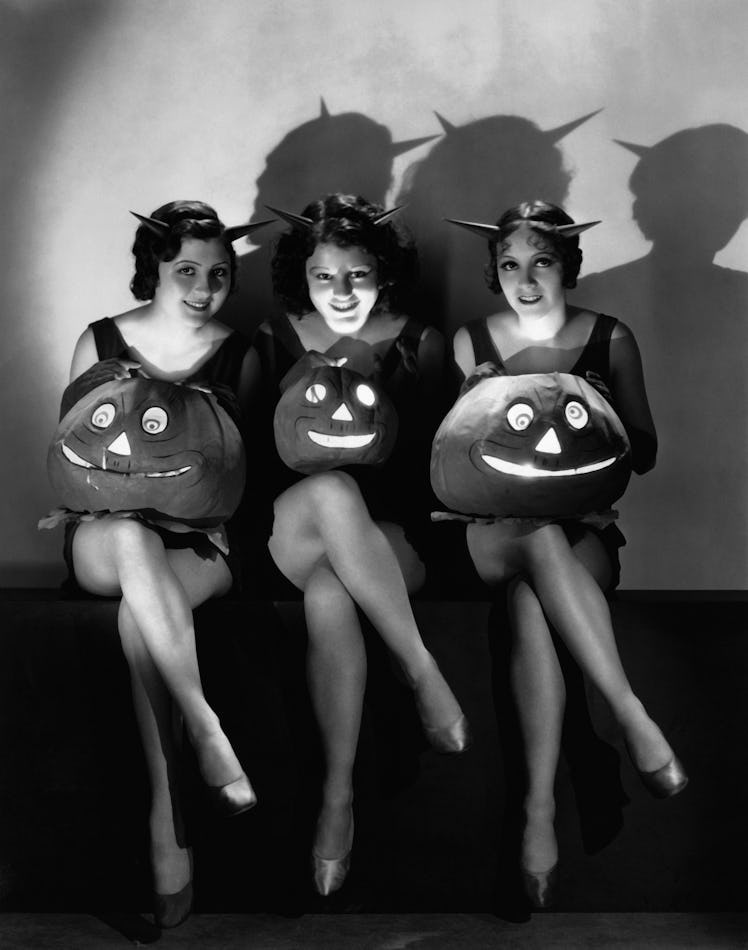An Ancient, Lesser Known Holiday Than Halloween Falls On The Same Day
Halloween is a fun and magical time for kids. It’s also an ancient holiday with Celtic origins. Dive deep into Halloween lore!

Halloween is a fun and magical time for kids: costumes, candy, staying up late on a weeknight, and making major memories while covered in spooky face paint and cool glitter. But it’s also more than just a scary fun holiday. It’s an astronomical marvel with an interesting history that spans beyond goblins and ghouls. Here’s what you need to know.
Halloween has a long history.
According to EarthSky, Halloween is short for All Hallows’ Eve, which is a holiday rooted in a lot of history.
One of Halloween’s origins stems from the Samhain, a festival from ancient Druids and Celts from the British Isles. The festival marks the end of the harvesting season and welcomes in the “darker half” of the year, which is winter.
At the time, Celts celebrated November 1st as the first day of the New Year, per History. They believed that on the night before the new year, the boundaries between the living and the dead were less rigid. Samhain was the day that ghosts were believed to come back to Earth. Spooky, spooky, spooky!
“To commemorate the event, Druids [Celtic priests] built huge sacred bonfires, where the people gathered to burn crops and animals as sacrifices to the Celtic deities. During the celebration, the Celts wore costumes, typically consisting of animal heads and skins, and attempted to tell each other’s fortunes,” History notes.
Halloween also falls on a cross-quarter day.
Halloween has always been known to fall on a cross-quarter day, which EarthSky notes our ancestors were deeply aware of, too.
“In traditional astronomy, there are eight major seasonal subdivisions of every year,” EarthSky shares. “They include the March and September equinoxes, the June and December solstices, and the intervening four cross-quarter days.” Back when Halloween was more commonly known as All Hallows’ Eve, people in the past celebrated eight seasons, while today, we celebrate four.
Cross-quarter days fall between the equinoxes and solstices (or the start of our four seasons). It just so happens that Halloween (October 31) is nearly exactly midway between the September autumn equinox and December’s winter solstice.
The reason why Halloween celebrates the dark and mysterious is that the cross-quarter day is during a “dark time of year” when the days are getting shorter.
A fun fact to share with the kids is that most of the holidays we celebrate and know now are somehow connected to festivals or celebrations our ancestors celebrated, too, particularly those related to astronomy.
Can you explain what a cross-quarter day is like I am 5 years old?
Basically, a cross-quarter day is a middle point between the seasons. So instead of celebrating four seasons as we do now, adding in the cross-quarter days would have us celebrate eight seasons — and Halloween just happens to fall on a day that starts one of those extra seasons. It’s a date that has been celebrated for a really (really) long time.
This article was originally published on